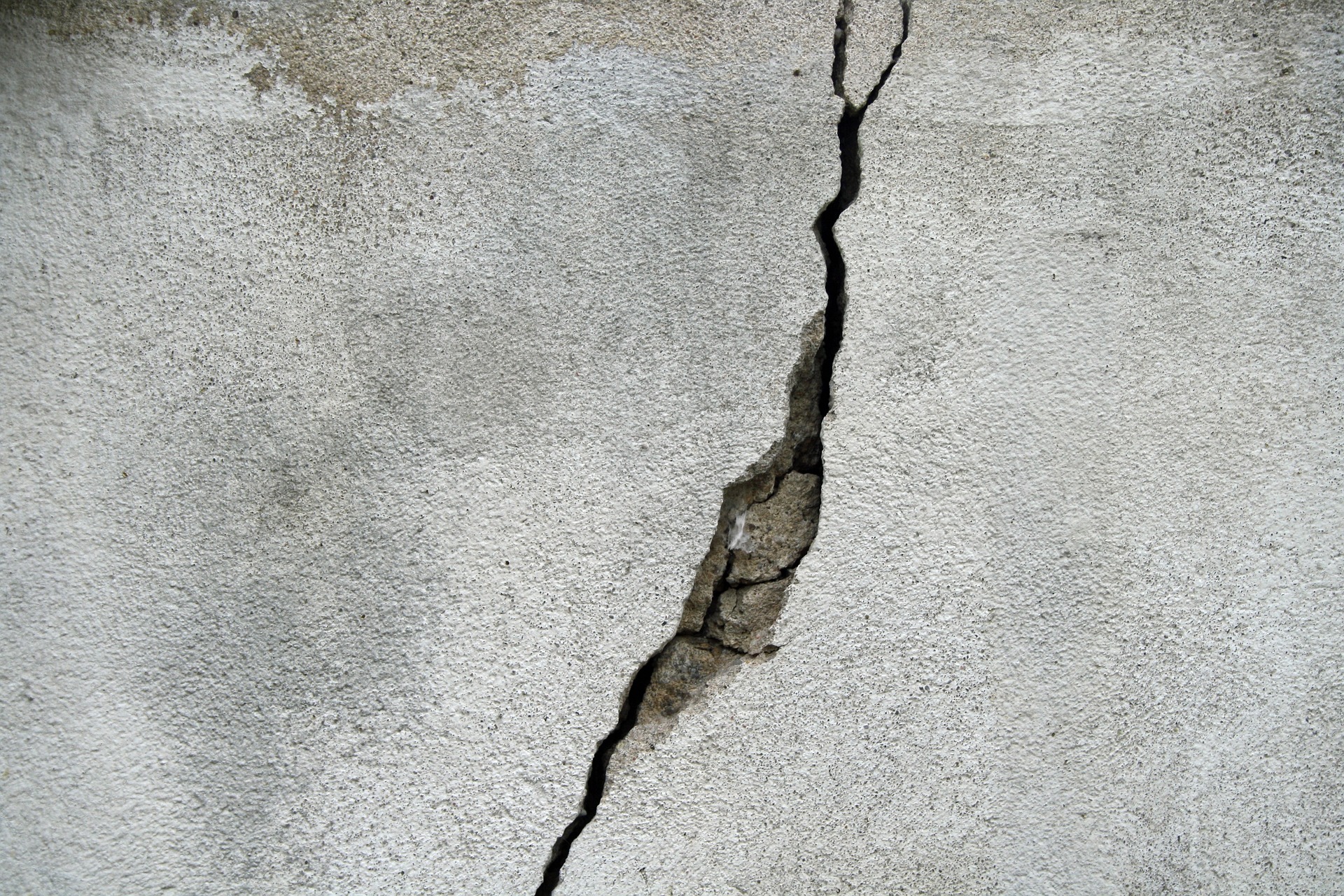Think That’s Dust? It Might Be Termites
What appears to be a harmless dusting of wood particles around your home could actually signal a serious termite infestation. These persistent pests often leave behind subtle signs that homeowners frequently mistake for everyday dust or debris. Understanding the difference between regular household dust and termite evidence can help protect your property from extensive structural damage.

Understanding Signs of Termite Activity
Termite evidence often resembles fine sawdust, technically known as frass, which consists of wood particles and termite droppings. Unlike regular dust that accumulates randomly, termite frass typically appears in small piles near wooden structures, along baseboards, or underneath infested areas. The presence of mud tubes along foundations or walls, along with hollow-sounding wood when tapped, are additional indicators that require immediate attention.
Essential Termite Protection for New Homes
Prevention remains the most effective strategy against termite infestations. New construction should incorporate termite-resistant materials and proper moisture barriers. Physical barriers, such as steel mesh or treated wood, create essential protection zones around foundation areas. Chemical pre-treatments during construction provide an additional layer of defense, helping establish a protective barrier before termites can establish colonies.
Professional Pest Inspection Process
Regular pest inspections serve as a crucial early warning system. Professional inspectors examine critical areas including crawl spaces, basements, attics, and exterior perimeters. They use specialized tools like moisture meters and infrared cameras to detect hidden termite activity. These comprehensive inspections typically occur annually, though homes in high-risk areas may require more frequent monitoring.
Managing Moisture with Dehumidifier Systems
Termites thrive in moist environments, making moisture control essential for prevention. Strategic placement of dehumidifiers, particularly in basements and crawl spaces, helps maintain optimal humidity levels below 70%. Proper ventilation, functioning gutters, and adequate drainage around foundations complement dehumidification efforts in creating conditions less favorable to termite colonies.
Effective Termites Control Methods
Professional termite control typically involves multiple approaches, including:
-
Liquid termiticide barriers around foundations
-
Bait station systems strategically placed around property perimeters
-
Targeted wood treatments for active infestations
-
Regular monitoring and maintenance programs
| Treatment Method | Application Area | Duration of Protection |
|---|---|---|
| Liquid Barriers | Foundation Perimeter | 5-10 years |
| Bait Systems | Property Boundary | Ongoing with monitoring |
| Wood Treatments | Affected Areas | 2-5 years |
Prices, rates, or cost estimates mentioned in this article are based on the latest available information but may change over time. Independent research is advised before making financial decisions.
Early detection and professional intervention remain critical for successful termite management. While DIY inspection and prevention measures play important roles, regular professional assessments provide the most reliable protection against these destructive pests. Understanding the signs of termite activity and maintaining proper home maintenance practices significantly reduce the risk of severe structural damage.




